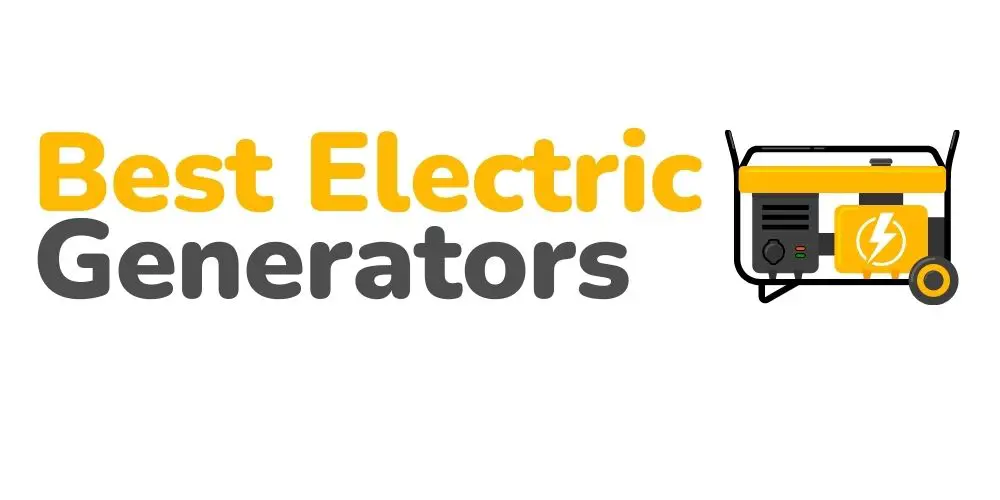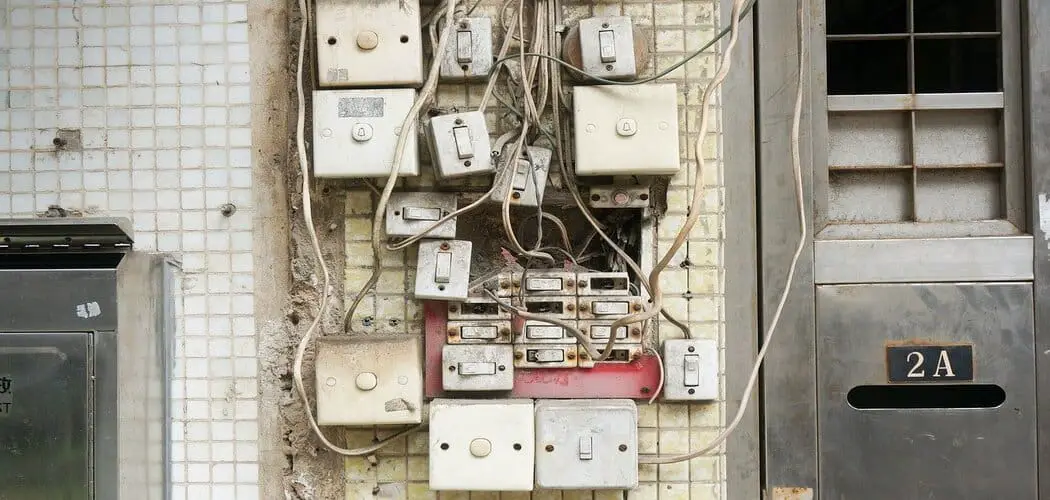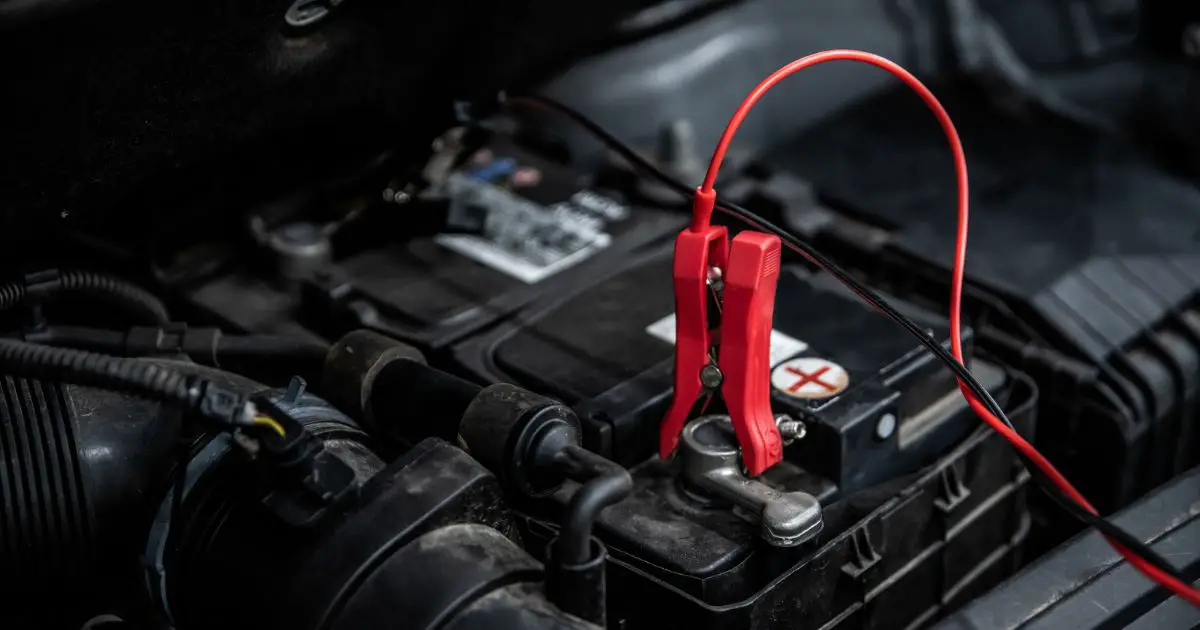Yes. A portable generator is what you may need next time your house goes dark. You can easily hook up a portable generator to your house if you know all the steps.
To save yourself from the hassle of a power outage, you need a good generator for your house. Connecting a generator to your home can save you from extreme inconvenience during unexpected power outages that will last for days.
Easy Generator to Home Hookup (Step by Step Guide):
You’ll find different ways to connect a portable generator to your house. But the safest option is the transfer switch. You should know about all the wiring systems first. There are three basic wiring systems:
- Manual or automatic transfer switch
- Cord system
- Breaker interlock
Manual or Automatic transfer switch (ATS):
Using a transfer switch to hook up a generator is the best, safest, legal, and useful option among all others. You can have either manual or automatic. A manual transfer switch lets you control the generator when the power outage occurs.
An automatic transfer switch (ATS) determines the power loss and immediately switches the house load to the generator. An ATS saves you from the hassle and much better in every aspect than the manual one. The only thing that may stop you from selecting an auto transfer switch to your wiring system is the cost. It is quite expensive and requires a good professional to handle the installation process.
Cord system:
The generator cords come with a generator. These are only good for small generators. You can connect the desired appliance to the cord so that you can start using it. But it’s not safe and recommended.
Breaker interlock:
Getting an interlock breaker would work with the existing wiring and the generator. You can run all the appliances without the main power supply.
We have mentioned the steps to guide you about how to hook up a generator to your house:
Step 1:
Read the amperage written on your generator’s big round plug to know the plug type and amperage. That big round plug will provide power to both breaker sides. To start the setup, you will need the following supplies:
- Breaker kit
- Double breaker
- Wires
- Conduit and body
- Inlet box
- Extension cord
- Conduit glue
These things will help you set the interlock breaker wiring system. The output you require from the generator decides the amperage of the breaker, cord, and inlet box because all three require the same amperage as your output.
Step 2:
Drill a conduit hole near the panel in the wall and start setting up an inlet box. The inlet box should be appropriately mounted on the wall without the front cover and knock out. Next is the PVC attachment, which can be replaced with glue. Now, cut the conduit according to the required length and glue it finally.
Step 3:
After removing the conduit cover, for attachment, pull all the wires one by one and remove the ¾ part for better insulation. Don’t forget to tighten the terminals.
Step 4:
Now push the wires properly into the house and place the conduit cover. Now, go inside your home and close all the branch breakers and main power breakers to avoid accidents.
Next is the removal of the front panel. Through the non-metallic conduit part, pull the wires inside the breaker box. Move one or two breakers down to have space free.
Step 5:
The box’s upper right has a free space for a generator breaker, which will have red wire on one terminal and black on the other. The white wire is for common bond rail and green for ground rail. All the wires should be properly attached.
Step 6:
Attach the breaker box’s front panel again and install an interlock on the cover by drilling holes. Use sliding interlock bolts and turn the cover. Check the interlock by turning on the generator and turning off the main power.
The process is completed here, and you are required to test the setup once. There are some other things to keep in mind:
- Keep the generator away from your house to proceed safely.
- Check the engine before you start the generator and plug the cords properly.
- Check the oil of the generator as you might need to refill.
- Depending on where you are living, you may need a glow plug to preheat the generator.
- Turn on the generator and turn the main breaker off, so the generator can be turned on.
How Do You Connect A Portable Generator to Your House?
Different ways are available, depending on your area, generator, and needs. You can either go for transfer switch or interlock because only these two are safe for you and your family.
Usually, the transfer switch is convenient and easy to use, but it’s a bit expensive. At the same time, an interlock can be installed on your own without costing you a lot.
How Many Watts Do You Need to Power A House?
The size of your generator and house decides how many watts you are going to use. Mostly, the average home requires about 5000-7000watts to power all the essential items. The number of appliances you need to use can lower or higher the wattage.
Can You Plug A Generator into A Wall Socket?
It is never a good idea to connect the generator to the home outlet directly. If you plug the generator directly into the wall socket, it will harm your house and the wiring inside, resulting in severe damages. Hence, it is better to go for a reliable wiring system to hook up a generator to the house.
Which Is Better Transfer Switch or Interlock?
Both are proved to be useful in different cases, but it also depends on your choices. Interlock is appreciated by many people, as it’s safe and affordable. In contrast, the transfer switch might cost you a significant amount for the setup as it requires a professional to run the setup.

How Do You Hook Up A Portable Generator to Your House Without A Transfer Switch?
The only way to safely connect the generator to your home is to install an interlock kit. An interlock kit is not only a safe but also a legal way to hook up. All other ways are illegal and dangerous for your house and property. If you don’t want to let your generator work with a transfer switch, go for the interlock installation only.
How Much Does It Cost to Hook Up A Generator to Your House?
The installation of a generator to your house can cost as much as $9500 or as low as $150. It depends on what system you want. If you are installing an interlock system on your own, it is the best affordable way. Else for a transfer switch, the cost can be up to $750.
What Will A 7500watt Generator Run in A House?
An average house requires 7500watt to power the essentials. A generator with 7500watt can run a whole house, including a refrigerator, microwave, fans, lights, LED TV, and other appliances.
Conclusion
The best option to hook up a generator to your house is a transfer switch system. While installing an interlock kit can also be useful and cheap. With our step-by-step guide, you can conveniently hook up a generator to your house with an interlock kit. So, no more mishaps and inconveniences during power outages now.


